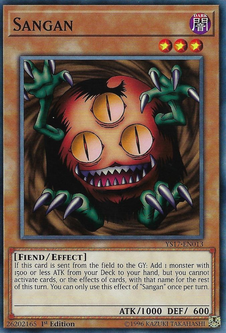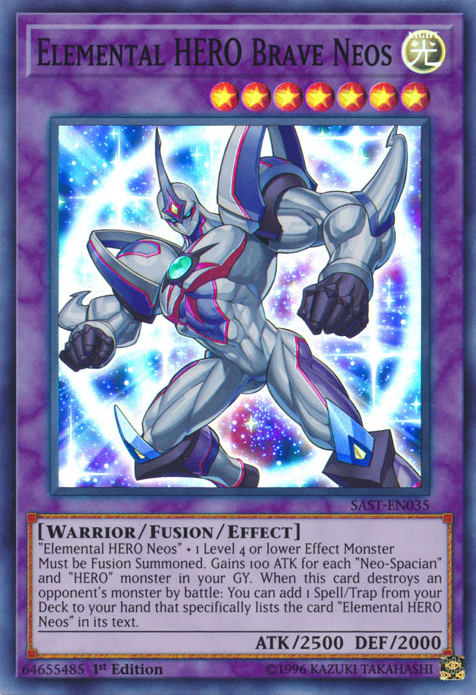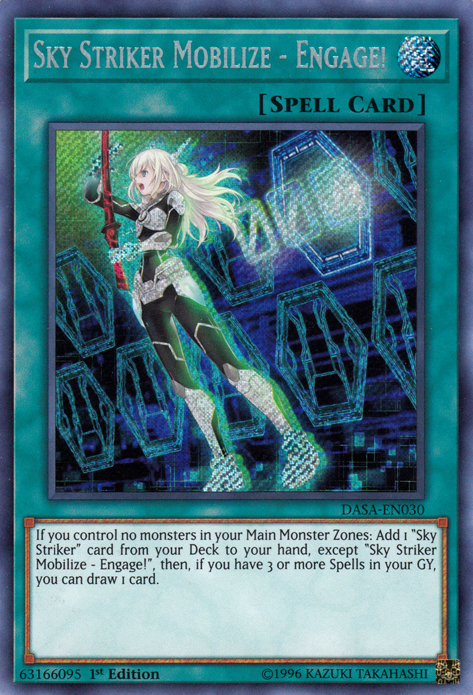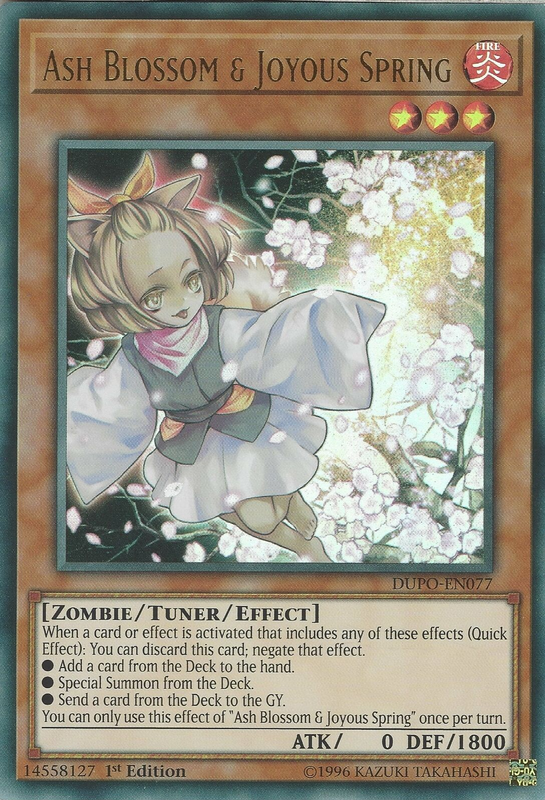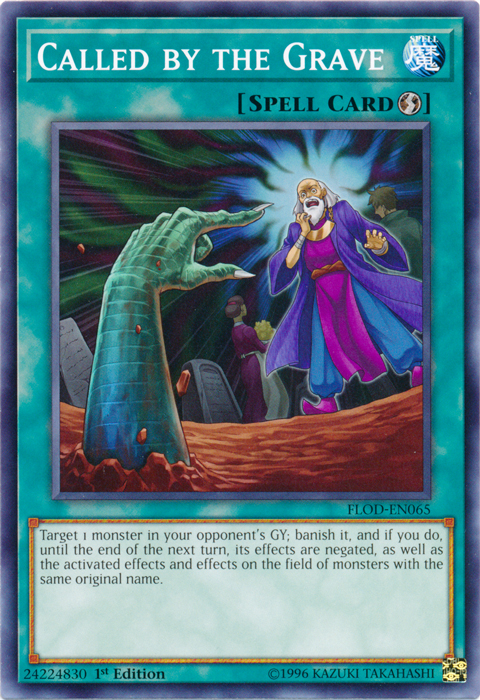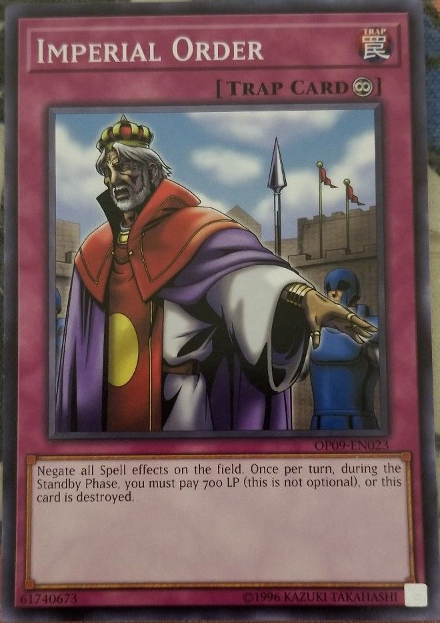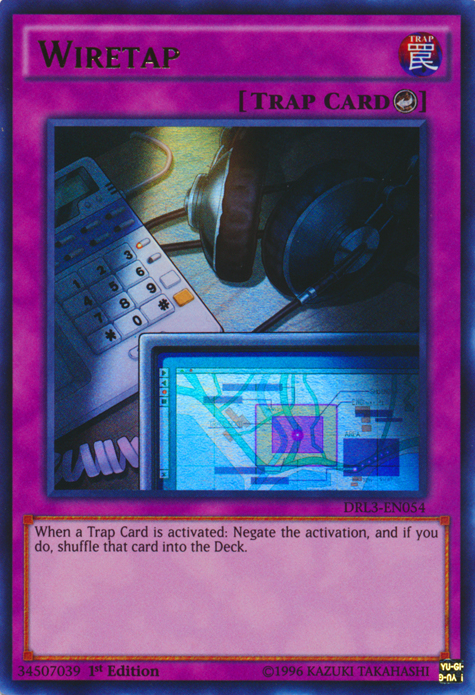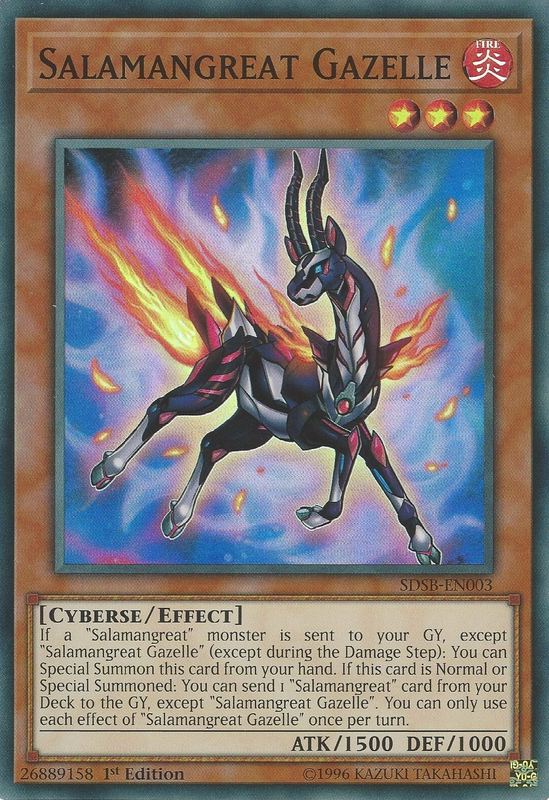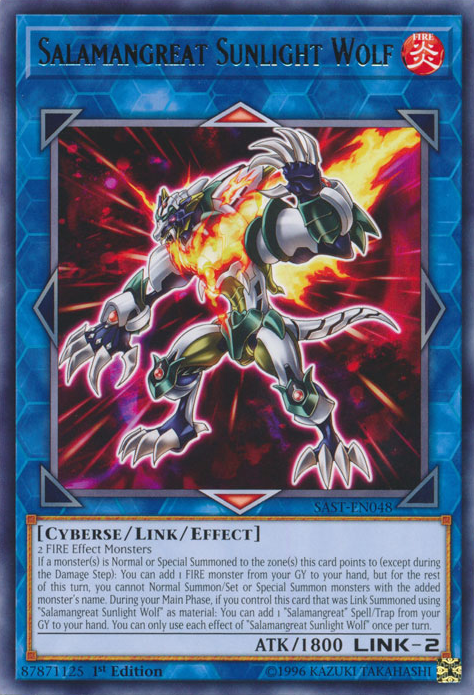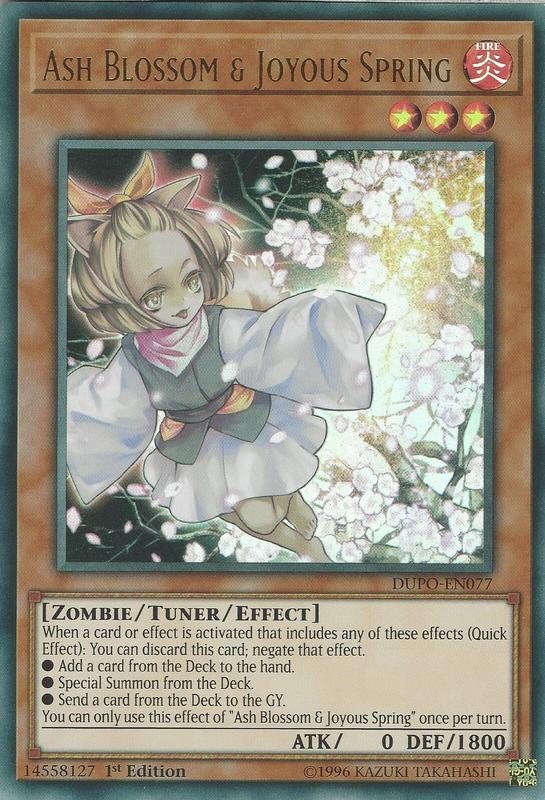Everything you need to know about Chains!
Created Date: 08 Feb
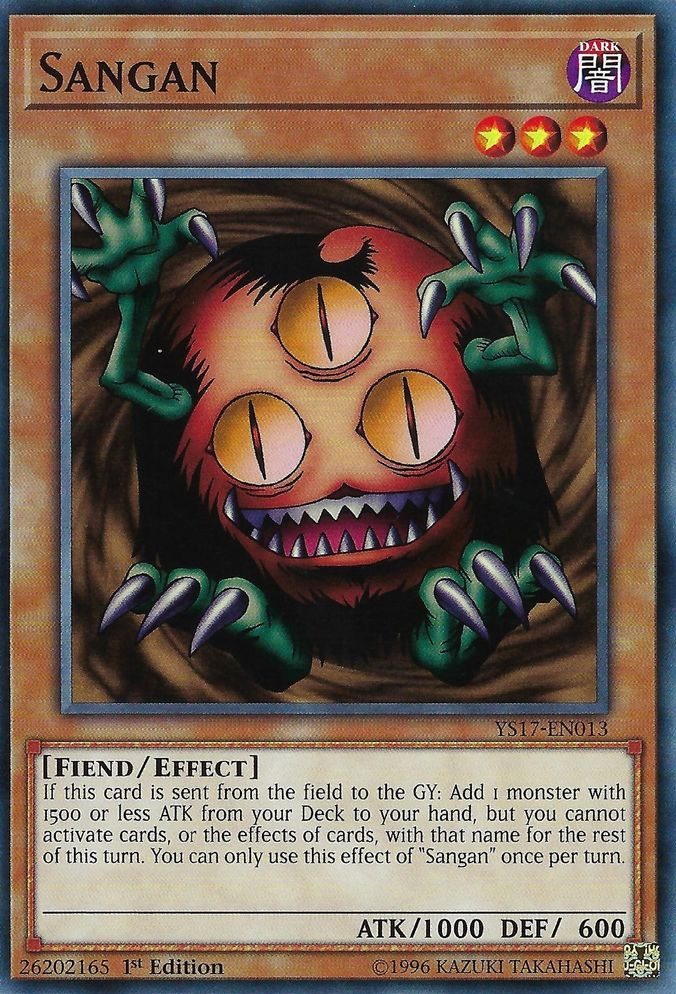
It's been a while, hasn't it? Well, it just occurred to me that there's so much information about Chains in Yu-Gi-Oh! that is not well-understood by a decent majority of the player base. Or even if you have a decent understanding of how they work, there may be some advanced aspects of it that still leave you uncertain. This guide is intended for everyone, from newbies to veterans of Yu-Gi-Oh! alike. Here's what you can expect:
- What are they and how do they work?
- Turn Player Priority, and Passing Priority
- When you can miss the timing
- Spell Speeds
- Simultaneous Effects Go On Chain (SEGOC)
What are they, and how do they work?
At a basic level, a Chain is a sequence of effects that is built when both players activate effects (that meet their requirements), usually in response to each other, adding Chain Links to the Chain. Before we proceed, let's get some fundamentals out of the way, though.
First off, cards will say "When . . . " vs. "If . . . " in their card text. In many cases it doesn't matter, unless it is a "You can . . . " effect, but we will get to that later.
First off, cards will say "When . . . " vs. "If . . . " in their card text. In many cases it doesn't matter, unless it is a "You can . . . " effect, but we will get to that later.
Let's take an example of Synchro Summoning Stardust Charge Warrior using Psychic Tracker and Psychic Wheeleder as the Synchro materials.
The Charge Warrior has a "When . . . you can" effect (triggering on summon), and you have the option to use Wheeleder's "If . . . you can" effect (triggering on summon as well). So, it could look like the following. (Duel Links does Chains automatically, and it chose Charge Warrior to be Chain Link 1, but in real life you could swap the order.)
Secondly, note that there are optional and mandatory effects. This is important because mandatory effect(s) that all satisfy the same requirement(s) at the same time have priority to trigger first.
- Optional effects say "You can" in the card text, and it's exactly what it means - you can choose to activate it, or you can choose not to activate it.
- Mandatory effects don't say "You can" at all, which means they must trigger, if the requirement(s) is/are met.
After the mandatory effect(s) jump onto the Chain Link, optional effect(s) are then allowed to jump on.
As an example, let's say you Synchro Summoned Gaia Knight, the Force of Earth (it's a Normal Monster), but you used Sangan and Psychic Wheeleder (both triggering by being sent to the GY) as materials instead. Sangan is mandatory, so it must go first, going on Chain Link 1. Then, you have the option to use Wheeleder's effect second, so on Chain Link 2. Again, you can tell Sangan is mandatory, since it does not say ". . . you can". Here's what that looks like. |
Lastly, Chains resolve backwards. The last card to activate resolves first, and the first card to activate resolves last. When the last card resolves, cards that are not Continuous Spells/Traps, Field Spells, etc. will be sent to the GY and the Chain concludes.
Turn Player Priority, and Passing Priority
Keep in mind that Yu-Gi-Oh! is a turn-based game. You aren't always just chaining to yourself, so after you've considered all of your effects that all trigger at the same time, you need to ask your opponent, "do you have a response?". If they do, then they can add onto the Chain, and then when they add 1 to the Chain, they need to ask you back, "do you have a response?". Then you repeat until both of you are done.
Now that we know that, what is Turn Player Priority? That just means that, assuming both players could trigger an optional effect at the same time, the turn player gets to do that first.
Now that we know that, what is Turn Player Priority? That just means that, assuming both players could trigger an optional effect at the same time, the turn player gets to do that first.
Let's take for example, the interaction between Elemental HERO Brave Neos, and Fire King Avatar Yaksha on your turn when you attack into Yaksha and you destroy it by battle, sending it to the GY.
Brave Neos belongs to the turn player, so you get to go on Chain Link 1, while their Yaksha, being an "If . . . you can" effect, can go on Chain Link 2 just fine. However, because their Yaksha is on Chain Link 2, if it destroys something in their hand that could "miss timing" (like Yubel), it will. On the other hand, if we flip it around and the opposing Yaksha attacks into your Brave Neos, it won't make Yubel "miss timing", because Yaksha will then go on Chain Link 1, and Brave Neos on Chain Link 2.
When you can miss the timing
It's kind of in the title, but uh... yeah. From the earlier discussion, now you might ask, "what do you mean by missing the timing?" In short, the easiest way to describe it is as follows:
If the last thing to occur is NOT what is written on the card text, and the card says "When . . . you can", it will miss the timing. When a card misses the timing, you lost your opportunity to activate its effect.
I'm not going to say much more on this here, other than that it is an intentional design by Konami to balance the game, and if it frustrates you, I'm sorry, that's how the game works. Just be careful on your sequences of events, and make sure whatever optional "When" effect you want to use has met its condition as the last thing to occur.
If the last thing to occur is NOT what is written on the card text, and the card says "When . . . you can", it will miss the timing. When a card misses the timing, you lost your opportunity to activate its effect.
I'm not going to say much more on this here, other than that it is an intentional design by Konami to balance the game, and if it frustrates you, I'm sorry, that's how the game works. Just be careful on your sequences of events, and make sure whatever optional "When" effect you want to use has met its condition as the last thing to occur.
Spell Speeds
Keeping it simple here: Spell Speeds are levels of how capable cards are of responding to each other. There are 3 official levels, Spell Speed 1, 2, and 3.
- Spell Speed 1 - Monster effects you trigger manually (Ignition Effects) or on summon (Trigger Effects), or non-Quick-Play Spell cards or effects you yourself must activate first in a Chain Link.
- Spell Speed 2 - Monster/Trap effects that are Quick Effects, or Quick-Play Spell cards or non-Counter Trap cards that can respond to something else. These are the most common that you can use to respond to your opponent.
- Spell Speed 3 - Counter Trap cards. That covers it! Nothing can respond to these except another Counter Trap.
Let's build a Chain here to see how this works.
Let's say you activate Sky Striker Mobilize - Engage! (Spell Speed 1) to search for a Sky Striker Spell card, and your opponent discards an Ash Blossom & Joyous Spring (Spell Speed 2) to negate that. You respond with Called by the Grave (Spell Speed 2) to negate that, and your opponent flips Imperial Order (Spell Speed 2) to negate your Spells. You respond with Wiretap (Spell Speed 3) to negate the Imperial Order. Your opponent has no Counter Traps, so they cannot respond any further.
Let's take a look at how this works out!
- Wiretap on Chain Link 5 negates Imperial Order, shuffling it into the deck right away.
- Imperial Order left the field and never resolved on Chain Link 4, so Called by the Grave is not negated and is allowed to resolve (but stays on the field for now).
- Called by the Grave on Chain Link 3 negates Ash Blossom in the GY until the end of the opponent's next turn, so Ash Blossom (in the GY) on Chain Link 2 cannot negate your Engage! from searching your deck.
- Engage! goes through on Chain Link 1, and you get your search.
- The Chain Link concludes, so Engage!, Called by the Grave, and Wiretap get sent to the GY, while Ash Blossom was already in the GY, and Imperial Order was already back in the deck.
That was a doozy! But hopefully that gives you some insight on Spell Speeds.
Simultaneous Effects Go On Chain (SEGOC)
Alright, and now for the last topic, we go over Simultaneous Effects Go On Chain (SEGOC). That's just a complicated way of saying that more than one card's activation conditions are satisfied at the same time. Let's take a modern example, using Salamangreats.
Suppose you Special Summon Salamangreat Gazelle from your hand, in front of Salamangreat Sunlight Wolf. Both will be able to activate simultaneously, because Gazelle triggers on-Summon, and Sunlight Wolf triggers on summoning something in front of it. You can build your Chain and put Gazelle first and Sunlight Wolf second, or the other way around, because both are optional "If" effects.
So how can you decide? As mentioned earlier, "When" effects can only respond to the previous card in the Chain if it meets the requirements.
Usually this doesn't matter, but let's say your opponent has an Ash Blossom, who has an optional "When" effect. Then, you want to put Sunlight Wolf (who recovers a FIRE Effect Monster into your hand) second, because Gazelle (who sends from the deck) is the only valid choice to negate with Ash Blossom. So you can say that Sunlight Wolf blocks Ash Blossom from negating Gazelle in the chain. Some people call this Chain Blocking. This doesn't often come up, but can be a very smart way to play around your opponent's negates!
Usually this doesn't matter, but let's say your opponent has an Ash Blossom, who has an optional "When" effect. Then, you want to put Sunlight Wolf (who recovers a FIRE Effect Monster into your hand) second, because Gazelle (who sends from the deck) is the only valid choice to negate with Ash Blossom. So you can say that Sunlight Wolf blocks Ash Blossom from negating Gazelle in the chain. Some people call this Chain Blocking. This doesn't often come up, but can be a very smart way to play around your opponent's negates!



